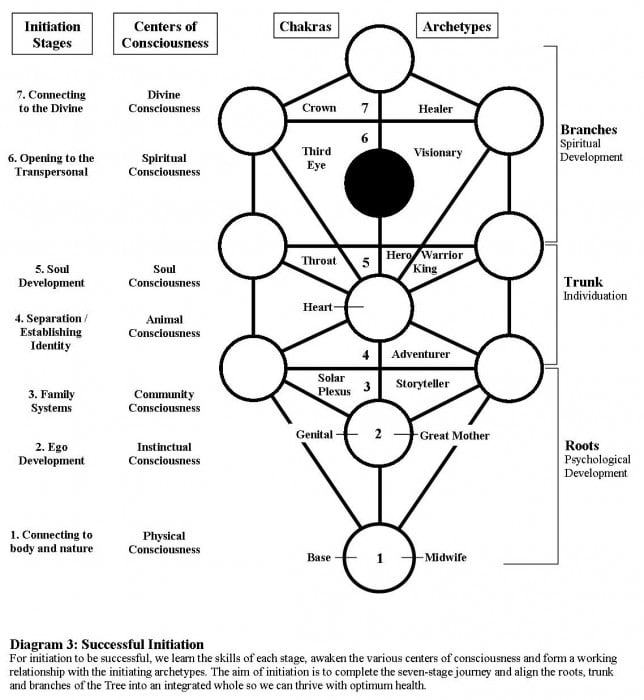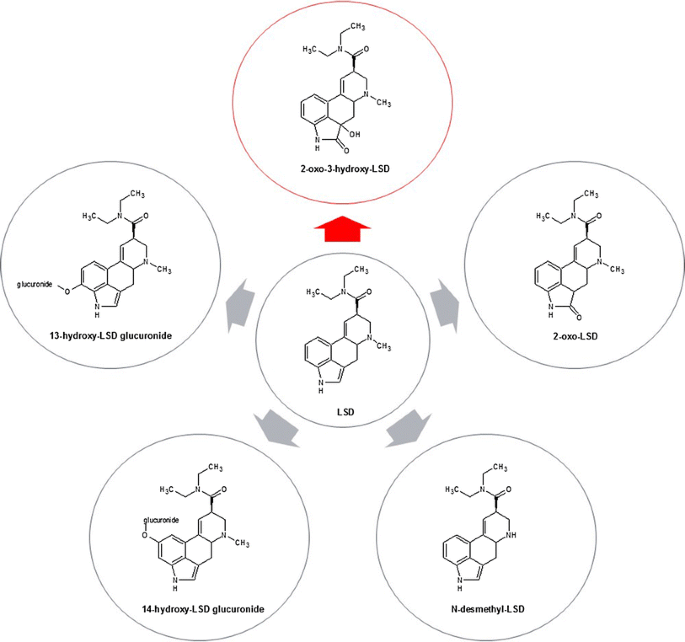What Are The Steps Of The Scientific Method


What are the steps of the scientific method
How do researchers investigate psychological phenomena? They utilize a process known as the scientific method to study different aspects of how people think and behave. This process not only allows scientists to investigate and understand different psychological phenomena but also provides researchers and others a way to share and discuss the results of their studies.
What Is the Scientific Method?
What is the scientific method and how is it used in psychology? The scientific method is essentially a step-by-step process that researchers can follow to determine if there is some type of relationship between two or more variables.
Psychologists and other social scientists regularly propose explanations for human behavior. On a more informal level, people make judgments about the intentions, motivations, and actions of others on a daily basis.
While the everyday judgments we make about human behavior are subjective and anecdotal, researchers use the scientific method to study psychology in an objective and systematic way. The results of these studies are often reported in popular media, which leads many to wonder just how or why researchers arrived at the conclusions they did.
In order to truly understand how psychologists and other researchers reach these conclusions, you need to know more about the research process that is used to study psychology and the basic steps that are utilized when conducting any type of psychological research. By knowing the steps of the scientific method, you can better understand the process researchers go through to arrive at conclusions about human behavior.
Reasons to Use the Steps of the Scientific Method
The goals of psychological studies are to describe, explain, predict and perhaps influence mental processes or behaviors. In order to do this, psychologists utilize the scientific method to conduct psychological research. The scientific method is a set of principles and procedures that are used by researchers to develop questions, collect data, and reach conclusions.
What are the goals of scientific research in psychology? Researchers seek not only to describe behaviors and explain why these behaviors occur; they also strive to create research that can be used to predict and even change human behavior.
Key Terms to Know
Before you begin exploring the scientific method steps, there are some key terms and definitions that you should be familiar with.
- Hypothesis: An educated guess about the possible relationship between two or more variables.
- Variable: A factor or element that can change in observable and measurable ways.
- Operational Definition: A full description of exactly how variables are defined, how they will be manipulated, and how they will be measured.
The Steps of the Scientific Method
While research studies can vary, these are the basic steps that psychologists and scientists use when investigating human behavior.
Step 1. Make an Observation
Before a researcher can begin, they must choose a topic to study. Once an area of interest has been chosen, the researchers must then conduct a thorough review of the existing literature on the subject. This review will provide valuable information about what has already been learned about the topic and what questions remain to be answered.
A literature review might involve looking at a considerable amount of written material from both books and academic journals dating back decades. The relevant information collected by the researcher will be presented in the introduction section of the final published study results. This background material will also help the researcher with the first major step in conducting a psychology study — formulating a hypothesis.
Step 2. Ask a Question
Once a researcher has observed something and gained some background information on the topic, the next step is to ask a question. The researcher will form a hypothesis, which is an educated guess about the relationship between two or more variables
For example, a researcher might ask a question about the relationship between sleep and academic performance. Do students who get more sleep perform better on tests at school?
In order to formulate a good hypothesis, it is important to think about different questions you might have about a particular topic. You should also consider how you could investigate the causes. Falsifiability is an important part of any valid hypothesis. In other words, if a hypothesis was false, there needs to be a way for scientists to demonstrate that it is false.
Step 3. Test Your Hypothesis and Collect Data
Once you have a solid hypothesis, the next step of the scientific method is to put this hunch to the test by collecting data. The exact methods used to investigate a hypothesis depend on exactly what is being studied. There are two basic forms of research that a psychologist might utilize – descriptive research or experimental research.
Descriptive research is typically used when it would be difficult or even impossible to manipulate the variables in question. Examples of descriptive research include case studies, naturalistic observation, and correlation studies. Phone surveys that are often used by marketers are one example of descriptive research.
Correlational studies are quite common in psychology research. While they do not allow researchers to determine cause-and-effect, they do make it possible to spot relationships between different variables and to measure the strength of those relationships.
Experimental research is used to explore cause-and-effect relationships between two or more variables. This type of research involves systematically manipulating an independent variable and then measuring the effect that it has on a defined dependent variable. One of the major advantages of this method is that it allows researchers to actually determine if changes in one variable actually cause changes in another.
While psychology experiments are often quite complex, a simple experiment is fairly basic but does allow researchers to determine cause-and-effect relationships between variables. Most simple experiments use a control group (those who do not receive the treatment) and an experimental group (those who do receive the treatment).
Step 4. Examine the Results and Draw Conclusions
Once a researcher has designed the study and collected the data, it is time to examine this information and draw conclusions about what has been found. Using statistics, researchers can summarize the data, analyze the results, and draw conclusions based on this evidence.
So how does a researcher decide what the results of a study mean? Not only can statistical analysis support (or refute) the researcher’s hypothesis; it can also be used to determine if the findings are statistically significant.
When results are said to be statistically significant, it means that it is unlikely that these results are due to chance.
Based on these observations, researchers must then determine what the results mean. In some cases, an experiment will support a hypothesis, but in other cases, it will fail to support the hypothesis.
So what happens if the results of a psychology experiment do not support the researcher’s hypothesis? Does this mean that the study was worthless? Just because the findings fail to support the hypothesis does not mean that the research is not useful or informative. In fact, such research plays an important role in helping scientists develop new questions and hypotheses to explore in the future.
After conclusions have been drawn, the next step is to share the results with the rest of the scientific community. This is an important part of the process because it contributes to the overall knowledge base and can help other scientists find new research avenues to explore.
Step 5. Report the Results
The final step in a psychology study is to report the findings. This is often done by writing up a description of the study and publishing the article in an academic or professional journal. The results of psychological studies can be seen in peer-reviewed journals such as Psychological Bulletin, the Journal of Social Psychology, Developmental Psychology, and many others.
The structure of a journal article follows a specified format that has been outlined by the American Psychological Association (APA). In these articles, researchers:
- Provide a brief history and background on previous research
- Present their hypothesis
- Identify who participated in the study and how they were selected
- Provide operational definitions for each variable
- Describe the measures and procedures that were used to collect data
- Explain how the information collected was analyzed
- Discuss what the results mean
Why is such a detailed record of a psychological study so important? By clearly explaining the steps and procedures used throughout the study, other researchers can then replicate the results. The editorial process employed by academic and professional journals ensures that each article that is submitted undergoes a thorough peer review, which helps ensure that the study is scientifically sound.
Once published, the study becomes another piece of the existing puzzle of our knowledge base on that topic.






